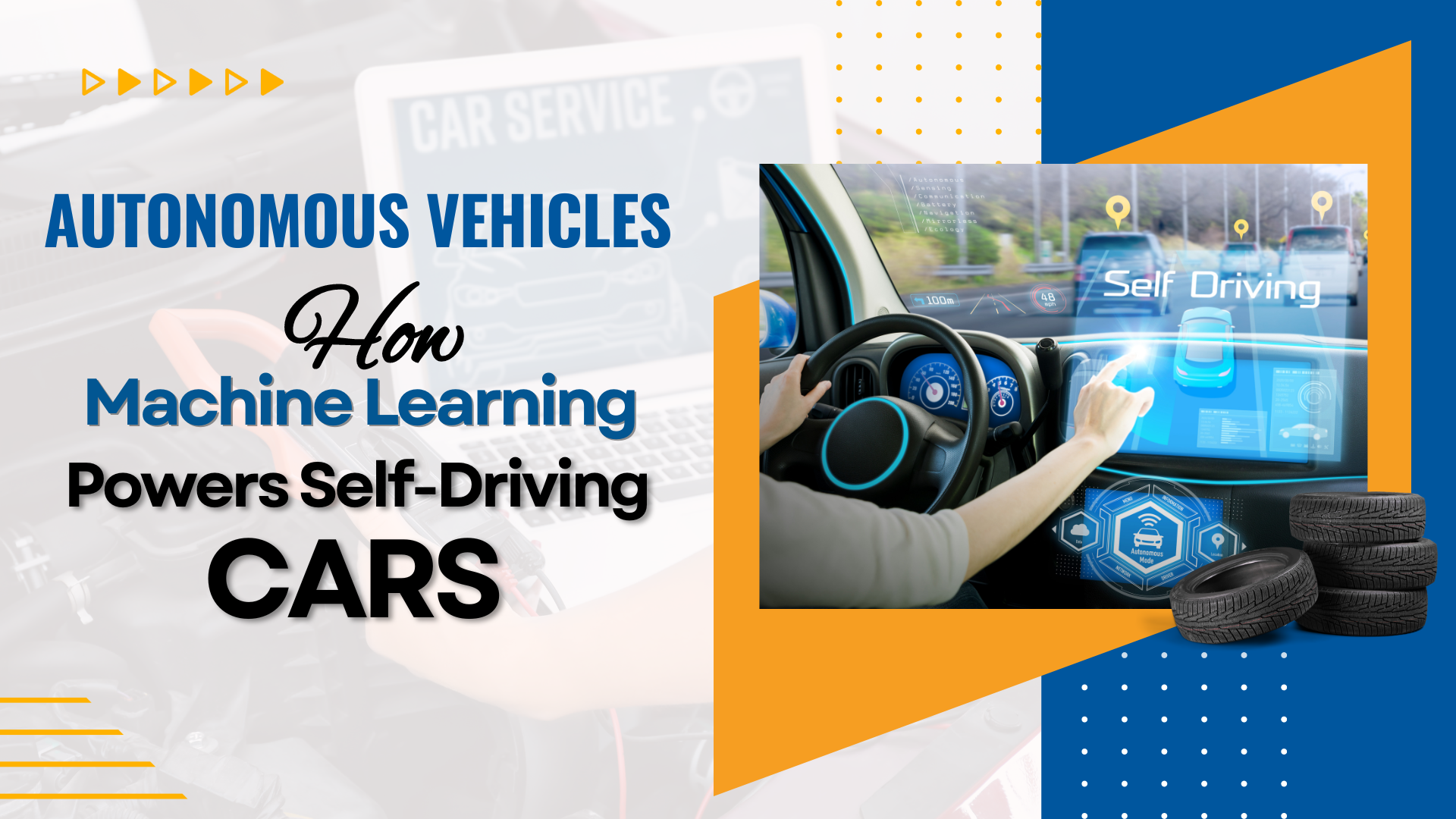
Home » Autonomous Vehicles: How Machine Learning Powers Self-Driving Cars?

In the not-so-distant future, the roads may look vastly different than they do today. Instead of drivers gripping the wheel, autonomous vehicles- self-driving cars guided by artificial intelligence – could navigate our streets, promising safer, more efficient transportation. In this blog, we’ll explore how machine learning powers self-driving cars and revolutionizes the way we travel.
Autonomous vehicles, also known as self-driving cars or driverless cars, are vehicles equipped with sensors, cameras, and advanced computing systems that enable them to navigate and operate without human intervention. These vehicles rely on a combination of sensors, including cameras, LiDAR (Light Detection and Ranging), radar, and GPS, to perceive their surroundings and make driving decisions in real-time.
Principles to Create Robust Mechanical Design
Biomimicry Changes the Future of Robotics
Conclusion:
In the journey toward autonomous transportation, machine learning serves as the driving force behind self-driving cars, enabling them to perceive, interpret, and respond to their surroundings with human-like intelligence. As researchers and engineers continue to innovate and refine autonomous vehicle technology, the future of mobility holds immense promise. With machine learning at the helm, we are poised to navigate the roads ahead with safety, efficiency, and autonomy.
Visualize your future in AIML! At Lingaya’s Vidyapeeth, the best mechanical engineering colleges in Faridabad, Delhi NCR, you can embark on a journey toward a bright future with our specialized B.Tech. degree in AIML, Master cutting-edge skills in machine learning, deep learning, and robotics. Gain hands-on experience in our state-of-the-art labs. Join a vibrant AI community and launch your career in this booming field. Be an AI pioneer-apply to Lingaya Vidyapeeth today!
From
Mr. R K Deb
Assistant Professor
Department of Mechanical Engineering
Lingaya’s Vidyapeeth
Best Engineering Colleges in Faridabad
May 9, 2024
RECENT POSTS
CATEGORIES
TAGS
Agriculture Agriculture future AI Architecture artificial intelligence Bachelor of Commerce BA English BA Psychology BTech AIML BTech CSE BTech cybersecurity BTech Engineering Business management career Career-Specific Education career guide career option career scope Civil engineering commerce and management Computer Science Computer science engineering Data science degree education Engineering Engineering students English Literature english program Fashion Design Fashion design course Higher Education Journalism journalism and mass communication law Law career Machine Learning mathematics MBA MBA specialization Mechanical Engineering Pharmacy Psychology Research and Development students
University Address: Nachauli, Jasana Road, Faridabad, Haryana
For Admissions :
Toll Free: 1800-120-4613
Mobile : 8447744303 | 8447744304 | 8447744306 | 8447744309
8700003974 | 8700003411 | 8700003749
Address: C-72, Second Floor, Shivalik, Near Malviya Nagar,
Above HDFC Bank, New Delhi 110017
Landline No. - 011-46570515 / 45138169 / 41755703
Mobile No. - +91-7303152412 / +91-7303152420 / +91-9311321952
Jagmani Kutir, Ground Floor, Road No-1, Rajeev Nagar,
Near Darbar Marriage Hall, Patna-800024, Bihar
Contact No: 9818352069/ 8130120095
Mail: kanhaiya@lingayasvidyapeeth.edu.in
Copyrights © 1998 - 2025 Lingaya's Vidyapeeth (Deemed To Be University). All rights reserved.
It is important to note that the following email IDs and domains are fraudulent and do not belong to our university.
LV only conducts physical/online verification of any document related to examination on the following email id: